Japanese Garden Breaks Ground on New Expansion





 Email to a friend
Permalink
Email to a friend
Permalink
Wednesday, September 02, 2015
Aleck Z. Woogmaster, GoLocalPDX Contributor
After 52 years as a haven for haven for serenity and tranquility, the
Portland Japanese Garden broke ground on Monday to kick off the Cultural Crossing expansion project.
Jordan Schnitzer, President of the Jordan Schnitzer Family Foundation, Commmissioner Nick Fish, world-renowned architect Kengo Kuma, and many more were all in attendance for the groundbreaking ceremony.
The Cultural Crossing expansion will add seven new garden spaces, as well as three new LEED-certified buildings where guests can learn more about Japanese culture, socialize, and enjoy traditionally prepared tea in the garden's first-ever tea cafe.
Shinto priests from the Tsurugaoka Hachimangu Shinto Shrine in Kamakura, Japan performed a ritual that blessed the expansion with prayers for the safety of the workers. Finally, CEO Stephen Bloom and nine other turned over shovels full of dirt to signify the official groundbreaking.
A driving force behind the Cultural Crossing expansion is the development of the International Institute for Japanese Garden Art & Culture. While Japanese gardening is traditionally handed down from one generation to the next, the institute will allow the historically apprentice-based study of Japanese garden arts to evolve into a more accessible education program.
The institute will be open to students of all levels and will involve classes, lectures, demonstrations, and workshops. They will even provide a comprehensive, sequenced curriculum leading to a professional certification, for those who are devoted to long-term study of Japanese garden arts.
The garden will reopen in March of 2016 when the first phase of construction is completed. Visitors will once again be able to enjoy the familiar cherry blossoms, the garden's iconic West Hills landscape, as the project is finished over the next year. The Portland Japanese Garden is considered the most authentic Japanese garden outside of Japan, and this expansion will surely allow it to continue to be one of the foremost Japanese cultural organizations in North America.
Related Slideshow: Ikebana: Japanese Flower Arranging In 10 Steps
Ikebana, the ancient art of Japanese flower arranging, is all about less. Less is more. Here are 10 steps to help you create the perfect arrangement.
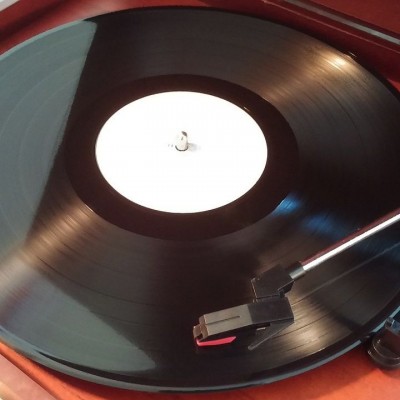
Prev
Next
1.
The process is just as important as the end product. Put on some relaxing music, breathe deeply and spend time with the intricacy of each branch and leaf in your arrangement.
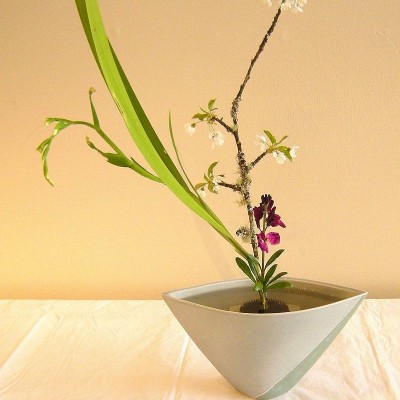
Prev
Next
2.
Arrangements should use three stems, all of differing sizes.
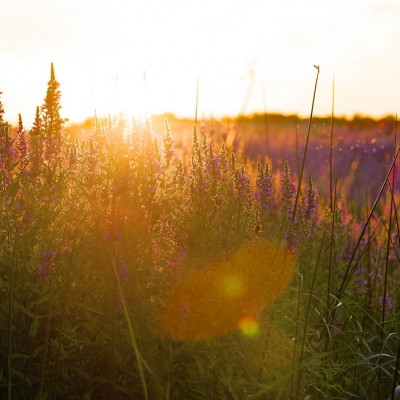
Prev
Next
3.
When designing your arrangement, look to your organic material for inspiration but dig into your depths to find a beautiful memory or passion within. Ikebana is about capturing a specific landscape or a single moment in nature, just like a haiku.
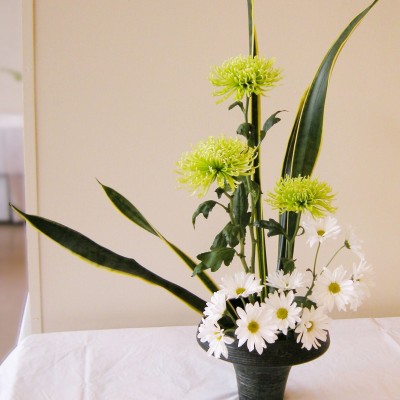
Prev
Next
4.
The tallest should stand upright and represent the heavens (shin). The medium length represents man (soe). The shortest represents the earth (hikae). One should also consider what altitude each plant specimen comes from. A flower that grows in the mountains should be placed above a branch that grows in a lowland prairie.
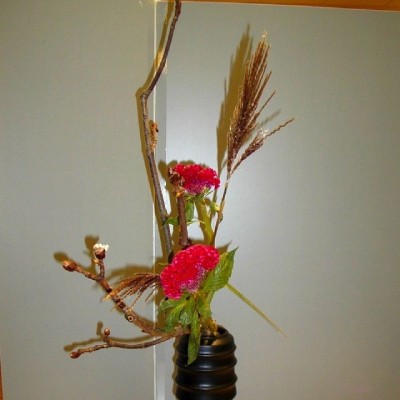
Prev
Next
5.
You are free to incorporate any leaves or flowers that complement the shin, soe and hikae, but only in odd numbers. This is called the jushi.
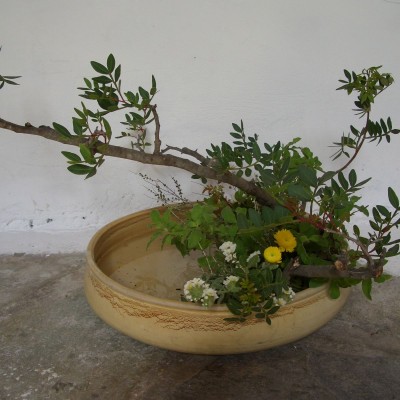
Prev
Next
6.
A kenzan, or floral frog, is used to support the stems upright or attractive angles. It has a weighted base and spikes to spear the stems onto. This frog is placed in a shallow water dish.
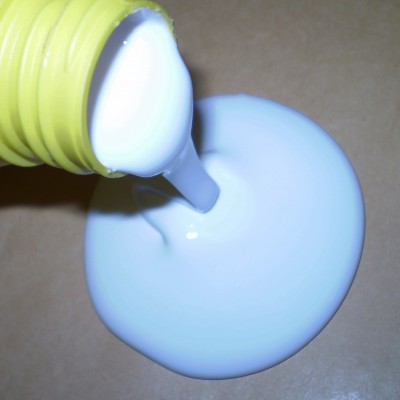
Prev
Next
7.
No putty, floral tape or glue allowed.
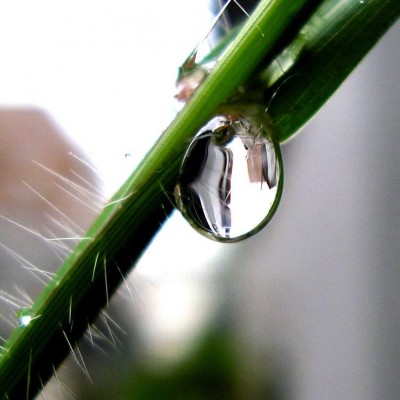
Prev
Next
8.
Working slowly, place each stem into the frog. When ready to place on the frog, trim the ends 1.5” from the bottom for maximum water intake.
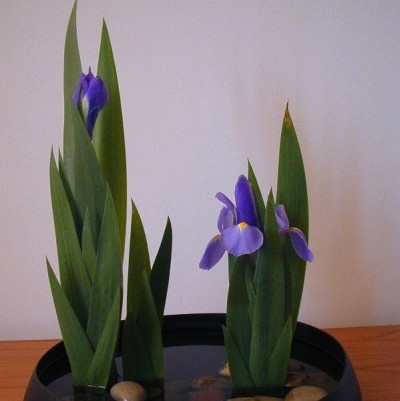
Prev
Next
9.
To create a truly stunning living sculpture, hide your frog and water container by tucking leaves or moss around the base of your arrangement. Sometimes flowers are placed in a wide shallow dish with river rocks placed around the frogs to look like a tiny placid pond.

Prev
Next
10.
Let your arranging be a fun and relaxing meditation, one that celebrates the simple beauty of spring blossoms. Happy spring.
Related Articles
Enjoy this post? Share it with others.





 Email to a friend
Permalink
Email to a friend
Permalink
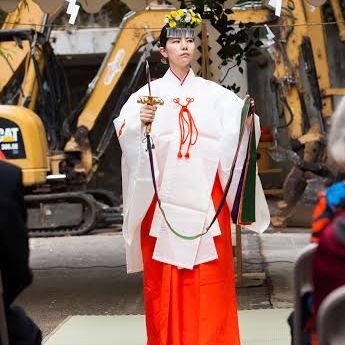

























 Delivered Free Every
Delivered Free Every
Follow us on Pinterest Google + Facebook Twitter See It Read It